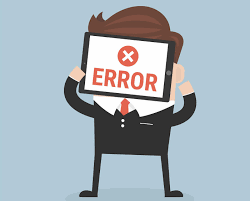A guide to waste management

When one country can produce millions of tons of waste every year, it becomes vital that government and industry have defined and coordinated plans to deal with it. Waste management systems ensure waste can be collected, stored and disposed of safely and efficiently.
Image Credit
Avoidance and waste minimisation
The first and simplest way to manage waste is to reduce the amount produced in the first place. This includes fixing broken items rather than replacing them, avoiding single-use and disposable items, and reusing or recycling items that have reached the end of their original lifespan.
Recovery and recycling
In a modern world increasingly aware of the importance of sustainability, recovery and recycling are becoming ever-more popular. Recovery is when a waste product is taken and repurposed, perhaps by extracting materials, such as fuel. Recycling also reuses waste products, in this case by remaking them into a new item. Non-recyclable items may be used to produce heat or electricity through a process called waste to energy.
Composting
Composting is another popular modern method that makes use of natural processes to convert organic waste into valuable, nutrient-rich soil for gardening and farming. This can be a lengthy process and compost bins take up a lot of space. These principles can also be used by a land remediation service to destroy organic contaminants with microorganisms.
Plasma gasification
Plasma torches operate at extreme temperatures and can be used to convert waste products into gases. Plasma is an electrically charged form of gas, so plasma gasification can be used to destroy harmful waste elements and produce renewable energy.
Landfill
One of the most common – but decreasingly popular – forms of waste disposal is landfill, which is the dedication of large sites to the burial of rubbish. In addition to consuming large amounts of space, this method can produce gases that can contaminate nearby water and air supplies, posing a risk to the environment and human health. A land remediation service may be needed to restore the soil.
Incineration and combustion
The burning of waste is another common form of disposal. It is popular in countries such as Japan where there is no space for landfill sites, as burning can reduce solid waste to as much as 30 per cent of its original volume. Again, this can method produce dangerous gases.

















+ There are no comments
Add yours